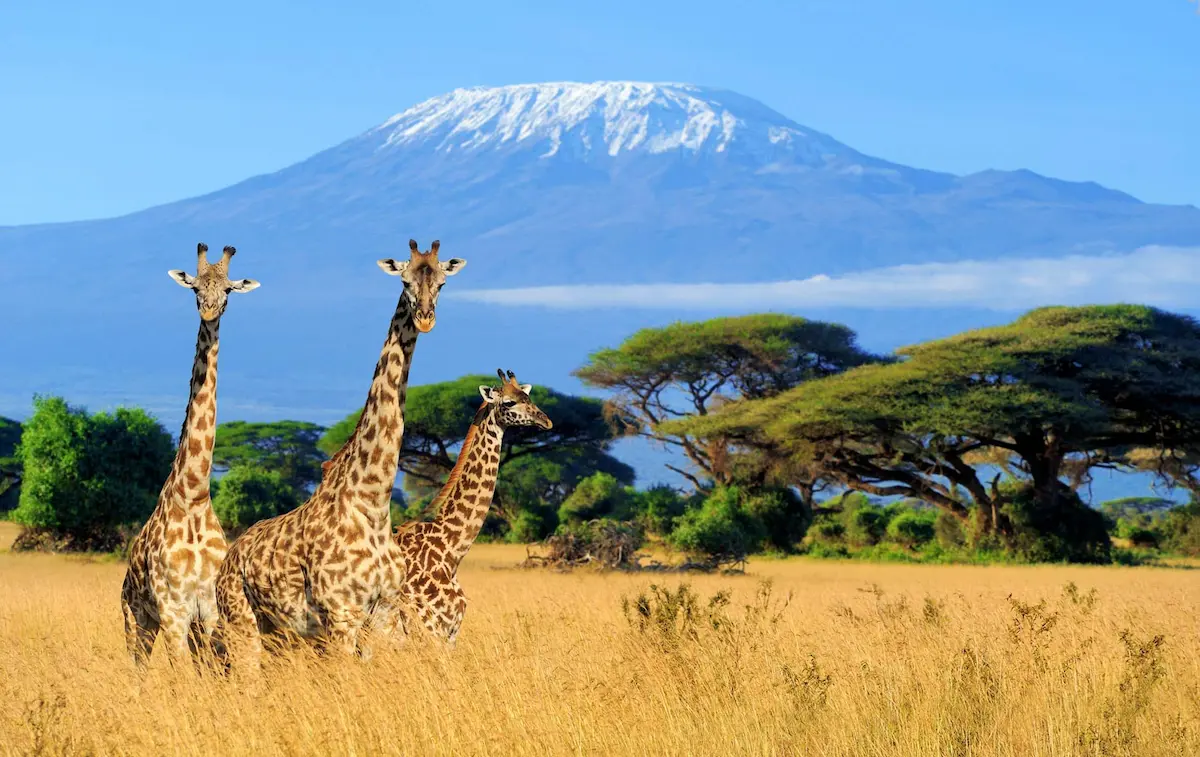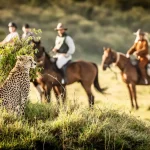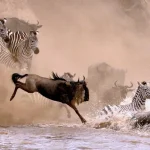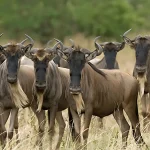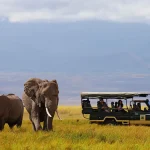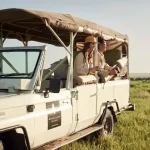Tanzania is a top-notch destination if you want to have the best wildlife safari in Africa. It offers unforgettable wildlife safari experiences to those who choose it as their best destination. Tanzania is also the perfect tourist spot when it comes to mountain climbing. This beautiful country is home to the continent’s tallest mountain, Mount Kilimanjaro, which tops all African peaks. Visitors who spend their free time in Tanzania find deciding where to start their safari challenging. Some start with the toughest safaris, such as the Kilimanjaro trek and wildlife safari, and finish their safari with relaxing activities such as beach holidays and cultural tours.
The Kilimanjaro trek explained
A Kilimanjaro trek involves hiking from the base of Mount Kilimanjaro through various vegetation zones until you reach the summit, which is 5895m above sea level. Mount Kilimanjaro can be climbed through multiple routes, including Marangu, Machame, Lemosho, Rongai, the Northern Circuit, and Umbwe. The minimum number of days for trekking Mt. Kilimanjaro is five, while the maximum is twelve. We at East Africa Safari Guides recommend you take six days of hiking with an extra day of acclimatization.
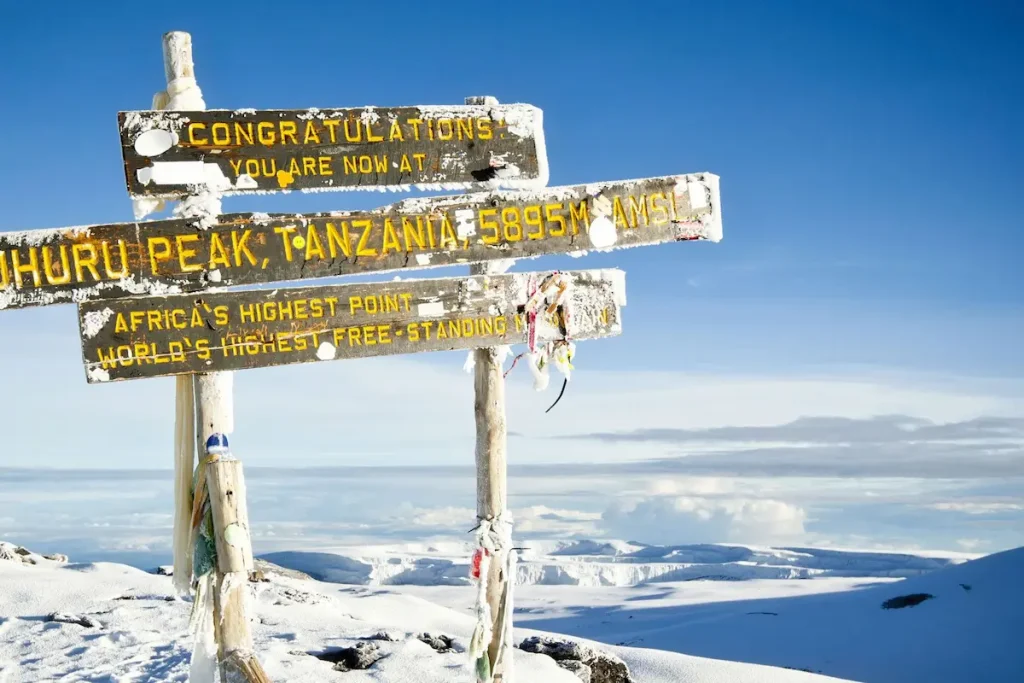
Another essential fact about Mount Kilimanjaro is that it is situated near the equator. So, how incredible is it that this snow-capped mountain is approximately 200 miles south of the equator? Thus, when individuals initially reported seeing glaciers on the mountain, they were rejected as rumors because it was thought that ice couldn’t grow so near the hot, equatorial sun.
Make yourself fit before the hike
You must be physically fit to increase your chances of reaching the summit. Train yourself in the gym to strengthen your body. Hit the gym four to five days a week and practice fitness exercises like running, lifting, and other workouts.
If your body is not used to high altitudes, you can train it by hiking other mountains in Tanzania, such as Mount Meru, Mount Ol Doinyo, and Mount Hanang. For instance, Mount Meru is a breathtaking peak at 4566 meters above sea level. Its hike takes 4 days and is filled with spectacular views of wildlife, Momella lakes, Ngurdoto Crater, and distant views of Mount Kilimanjaro.
Why you should start with a Kilimanjaro hike
We know a Kilimanjaro trek is very challenging, especially for beginners. Start with this tricky part of your safari, earn a well-deserved victory, and relax for the rest of your safari.
Mount Kilimanjaro is strategically situated in Moshi, close to Kilimanjaro International Airport. This world-class airport is a landing spot for many travelers coming to Tanzania. Then, it is easy to drop off at Kilimanjaro International Airport and drive to Moshi to prepare for the trek the next day. After hiking Mount Kilimanjaro, you may transfer to other wildlife destinations in the northern circuit or elsewhere.
Wildlife safari explained
With over 14,000 species of wild animals, Tanzania is the perfect destination for watching wildlife. A wildlife safari involves exploring wildlife in national parks and other wildlife sanctuaries. Activities that may affect wildlife safaris include game drives, balloon safaris, walking safaris, and night game drives. A wildlife safari is less challenging compared to a Kilimanjaro trek, so visitors choose to do this after summiting Kilimanjaro. We organize wildlife safaris to various destinations around the country.
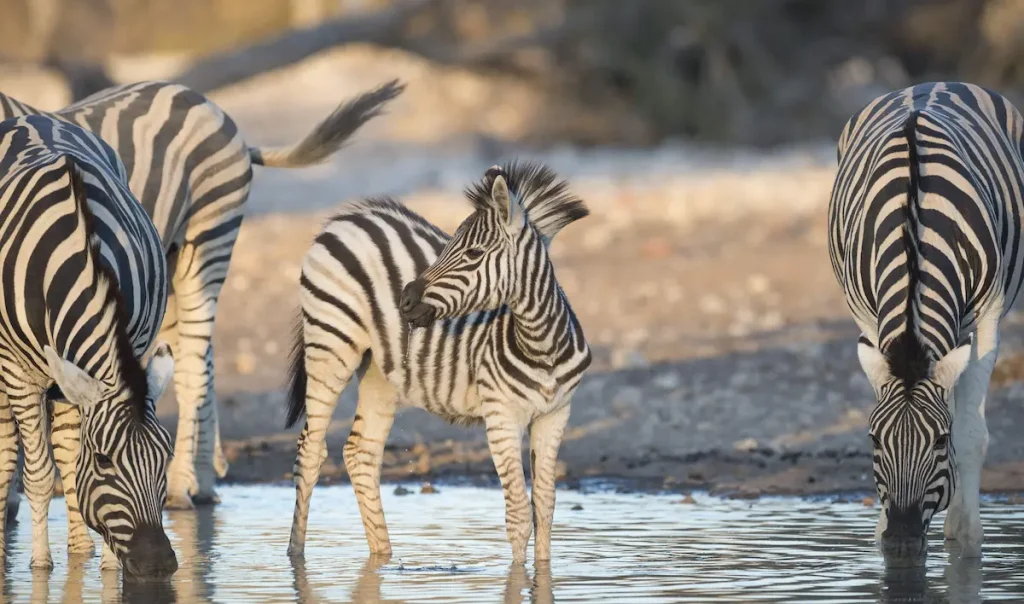
Which wildlife destinations are worth visiting?
After hiking Mount Kilimanjaro to the summit, you can transfer to wildlife destinations to finish your trek. Where should you go for a wildlife safari after a Kilimanjaro trek? After a Kilimanjaro hike, you may include a free day to relax your body in Arusha or Moshi before you drive.
Tarangire National Park is the favorite wildlife destination for many travelers. The green vegetation, dotted with baobab trees, characterizes this park. A large population of elephants also makes Tarangire a gem for viewing wildlife. The mighty Tarangire River also attracts wild animals in their thousands during the dry season. Spend a full day in Tarangire to see wildlife and stunning vegetation—perfect relaxation after a Kilimanjaro climb.
Lake Manyara National Park is another beautiful place to see wildlife, an alkaline lake, and vegetation after conquering Mount Kilimanjaro. Here, you will see the rare tree-climbing lions shaking the branches of acacia trees. You will also enjoy watching the pink flamingos on the shore of Lake Manyara, not to mention exceptional canoeing. You can have a full-day drive to Lake Manyara to see other wild animals in this exotic park.
The best of the best
Serengeti National Park is another paradise for wildlife safaris. After a Kilimanjaro trek, you can see the wildebeest migration, the Big Five, and other wild animals. You will need at least two days to discover many things in Serengeti. You will visit various zones of Serengeti, including the central, south, and north. The central Serengeti is well-known for its most significant concentration of wild animals in the Seronera Valley.
The Ngorongoro Crater is another beautiful place to see wildlife. It is situated in the Serengeti ecosystem, making accessing it from Moshi or Arusha easier. This breathtaking crater is home to diverse wildlife distributed throughout the crater floor.
You may also visit wildlife parks far from the Kilimanjaro region, such as Mikumi National Park, Nyerere National Park (formerly Selous Game Reserve), Katavi National Park, and Ruaha National Park. After a Kilimanjaro hike, you may fly to a nearby airport. You may also start with a wildlife safari in these parks and go on a Kilimanjaro trek before you return home.
A Kilimanjaro trek and wildlife safari are two memorable African safari experiences that every safari-goer must try on his or her trip to Tanzania. East Africa Safari Guides organize all these two safari tours. We have customized itineraries and a supportive team to tailor-make your safari, starting with your favorite activity. If you want to experience the myths of Tanzania, book a trip with us.
Will you trek or cruise on a safari?
Our experts are great at planning your trip, especially if you love trekking and exploring the wild. But don’t worry, if you prefer to keep things simple, that’s totally fine too! Just shoot us an email, and we’ll make your dream trip a reality.

